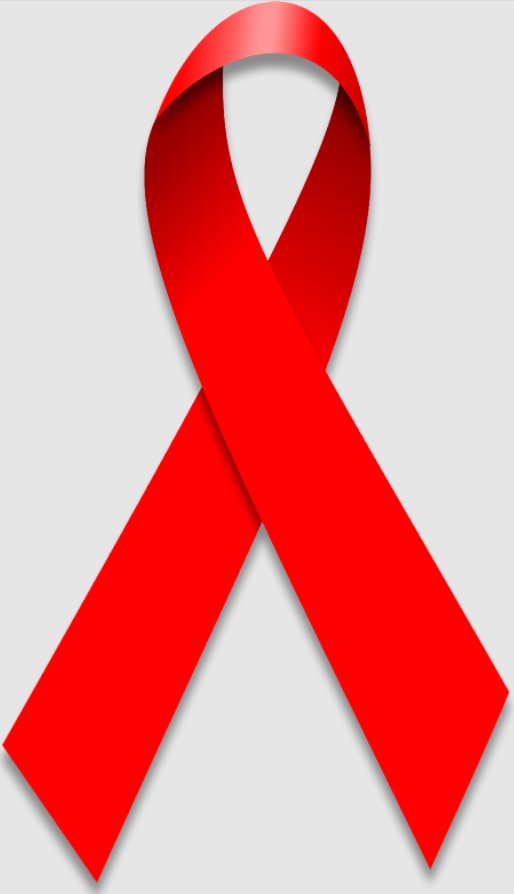The biggest challenges in the fight against HIV/AIDS in 2021
Medical Pharmaceutical Translations • Dec 6, 2021 12:00:00 AM

It’s amazing to think that in a relatively short time, HIV has gone from a death sentence, to a manageable health condition. But World AIDS Day, commemorated every December 1, is just as important today as it has been since its inception in the late ‘80’s. 1.5 million new HIV cases and 680,000 deaths worldwide in 2020 alone show that the fight isn’t over. But HIV awareness’s focus has shifted.
HIV is now a manageable disease - but this is under ideal circumstances.There are two major roadblocks that are keeping us from ending the AIDS epidemic by 2030: 1. lack of access to care and resources and 2. HIV stigma.
Lack of access to proper HIV treatment, care, and resources is difficult to eradicate, since each country or area has its own particular circumstances as to the cause of this - and in some cases, funding and clinics may not be the solution needed. For instance, events like a military coup can mean shifts or dramatic shutdowns in the healthcare system that patients relied on.
Fortunately, many organizations are still working on helping when and however they can. On the other hand, HIV stigma, the second block to ending the AIDS epidemic, may be an easier roadblock to remove -but not without time and a lot of effort.
Born of prejudice and preconceived notions often fostered by fearsome and uninformed media portrayals of the disease in the 1980’s, as well as the more compassionate but now outdated sense of diagnosis in the ‘90’s, HIV stigma lingers in much of the world population today.
In a recent article, NAM aidsmap executive director Matthew Hudson observed:
HIV remains one of the most stigmatized of all medical conditions….The ignorance and fear that clings to this virus means that for many people living with HIV, it is the stigma we face that now provides the greatest challenge. Attitudes towards people living with HIV have not progressed as rapidly or as positively as our medical treatment has."
HIV stigma can present in a number of ways, most notably fear and judgment.
A recent survey by the UK organization National AIDS Trust found that 50% of people still believe that sharing a bathroom with someone who has HIV means they can also be infected - a fact that has long been disproven by science. As a result of persistent beliefs of this sort, many people isolate or avoid those with HIV.
Ignorance and fear around HIV transmission can surprisingly even be found in doctors and other healthcare workers. The CDC and other sources report cases of doctors insisting on using protective gear with HIV patients or refusing to treat patients with HIV.
Another type of stigma around HIV is judgmental. Some people essentially blame those who contract HIV, considering them promiscuous or engaging in risky behavior, or even deserving of a punishment from God. Not only is this thinking without compassion; it also lacks logic. After all, sexual activity and drug use aren’t the only way people can contract HIV. For example, children born to HIV positive mothers will also be HIV-positive. Patients can also become infected through contaminated blood transfusions.
The effects of HIV stigma can be devastating. Although HIV is manageable today and correct treatment can result in a nonexistent transmission rate, stigma makes many people afraid to get tested. And when someone gets a positive diagnosis, they may feel too ashamed, embarrassed, or afraid to seek help or disclose their status to anyone else. The impact of HIV stigma can also cause other patients to stop getting care.
Luckily, there are some things everyone - including healthcare workers - can do to end HIV stigma. These include:
- Education. Only 25% of the people polled in the National AIDS Trust’s survey were aware that PrEP can prevent someone from acquiring HIV. And only 16% were aware that proper treatment can stop the transmission of HIV. Organizations and activists should consider focusing on increasing public awareness about HIV prevention options and benefits of treatment.
- Training. Healthcare workers in particular could be given information as well as training for working with patients who have HIV. This includes understanding how the disease is transmitted, as well as how to speak to and about patients with HIV.
- Representation. When someone with HIV who is living a normal, healthy life by taking treatment comes forward without shame, it can reassure others with the same condition, and also humanize HIV for those who might be afraid or ignorant about it. Some admirable examples of HIV representation include HIV/AIDS awareness ambassador Ashley Rose Murphy, who was infected with HIV at birth, and celebrity Jonathan Van Ness, who made his diagnosis public last year.
- Sharing on social media. Anyone who has social media can help in the fight against HIV stigma by sharing accurate, properly sourced information about HIV. A good place to start is this page from the CDC. It includes concise information about HIV stigma and living with HIV that could be posted, as well as a link to upload a pledge card to show your participation in the fight to end HIV stigma.
Ending HIV stigma and lack of access to treatment are daunting goals. But then again, so was treating a condition that was once lethal.
Contact Our Writer – Alysa Salzberg
